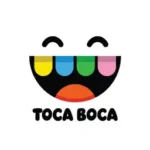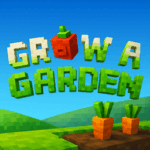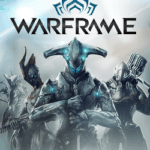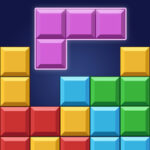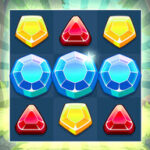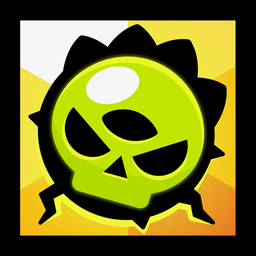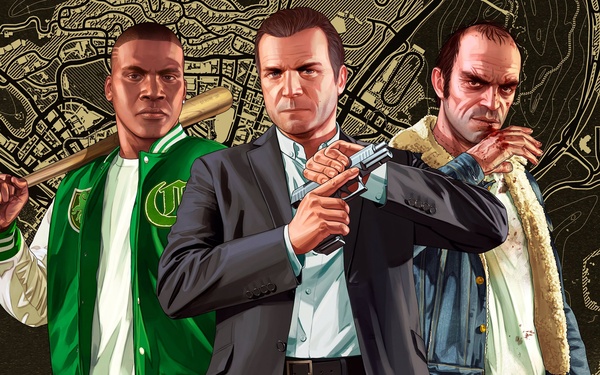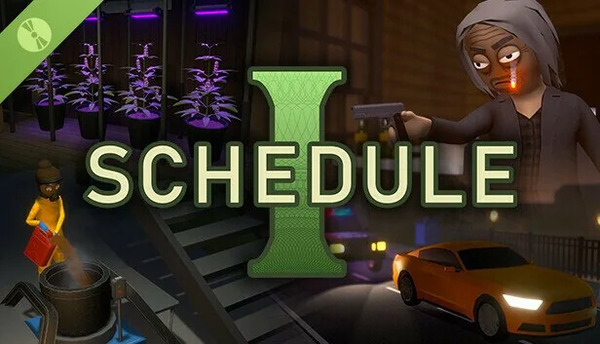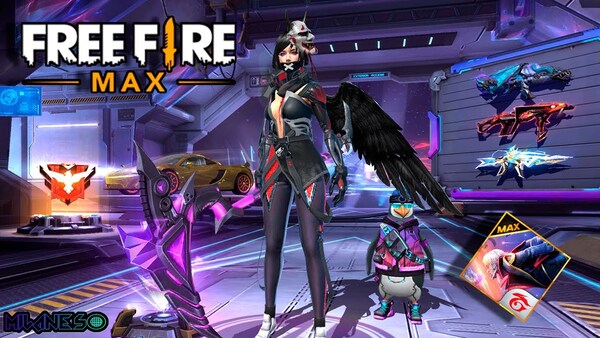Geometry Dash: Conquering Chaos Through Rhythm and Reflexes
At first glance, Geometry Dash might appear to be just another platformer. However, once you press play, you’re launched into a heart-pounding world of timing, music, and seemingly impossible obstacles. Since its release in 2013, the game has grown from a simple mobile title into a massive community-driven phenomenon.
More importantly, its genius lies in its simplicity — one touch, one jump, one chance. Yet, behind this simplicity lies a steep difficulty curve, mesmerizing soundtracks, and an ever-growing community of creators. In this article, we’ll delve deeply into what makes Geometry Dash a masterpiece in minimalist game design, all while tracing its journey from origin to global obsession.
1. The Beginning: How Geometry Dash Started
Geometry Dash was created by Robert Topala, a Swedish developer, and launched by his company RobTop Games. Released in 2013 for mobile platforms, it quickly gained popularity due to its addictive gameplay and pulsating music.
Initially, the game included only a few levels, but due to its success, updates soon followed. Furthermore, the game became a prime example of how indie developers can thrive by focusing on creativity and community engagement instead of flashy graphics or big budgets.
In addition, the game’s minimalist visuals actually helped enhance its core gameplay — removing distractions and focusing on pure, reflex-based action.
2. Core Gameplay: Simple Controls, Extreme Challenge
The gameplay of Geometry Dash is straightforward: tap to jump, avoid obstacles, and survive until the end of the level. Yet, execution is everything. With split-second timing required, players are forced to rely heavily on rhythm and muscle memory.
Moreover, the game’s levels are synced with high-energy music, making the beat not just an aesthetic addition but a critical gameplay element. As a result, players often learn to "feel" when to jump rather than look — a rare fusion of rhythm and reflex.
Consequently, while the controls are incredibly simple, mastering the game is anything but. One wrong tap and you’re sent back to the beginning — no checkpoints, no forgiveness.
3. The Role of Music: More Than Just Background
One of Geometry Dash’s defining features is its incredible soundtrack. The levels are designed around music by artists such as DJVI, Waterflame, and F-777, whose tracks have become iconic within the gaming community.
Additionally, music isn’t merely for ambiance. It acts as a guide — helping players anticipate jumps, hazards, and changes in momentum. Therefore, the soundtrack isn’t passive; it’s actively driving the gameplay experience.
Even so, the music also creates an emotional connection. Whether it's the pulse of "Dry Out" or the intensity of "Clubstep," each level becomes a unique audio-visual challenge.
4. Level Design: Learning Through Failure
Unlike many games that ease players in with tutorials and forgiving difficulty, Geometry Dash throws you directly into the fire. Yet, this harshness isn’t arbitrary.
In fact, the level design is based on trial and error, with each failure teaching you something valuable. Consequently, players develop better timing, sharper reflexes, and a sense of rhythmic intuition.
Notably, the learning curve can be steep. However, because each death feels fair, the desire to try again never fades. This loop of failure and improvement is what keeps players coming back — often for hours.
5. Game Modes and Variants: More Than Just Jumping
Over time, Geometry Dash evolved far beyond its original form. While the main game consists of 21 official levels, there are now multiple modes and versions available.
For example, Geometry Dash Lite offers a free trial version, while Geometry Dash Meltdown, SubZero, and World introduce unique levels and mechanics. Moreover, each spinoff brings its own themes and soundtracks, expanding the experience while retaining the same addictive gameplay.
On the contrary, despite these variations, the core principle remains unchanged: tap to jump, and don’t die.
6. Community and User-Created Levels: A Game That Never Ends
Perhaps one of Geometry Dash’s greatest strengths lies in its vibrant user-generated content. Using the in-game level editor, players can create, share, and play custom levels — thousands of them.
Notably, many of these community levels rival or even surpass official ones in complexity and creativity. As a result, Geometry Dash has become not just a game but a creative platform.
Furthermore, leaderboards, map packs, and daily challenges ensure that there’s always something new to explore. Consequently, the game’s longevity is virtually infinite — players are never truly “done” with it.
7. The Difficulty Spectrum: From Easy to Demon
While Geometry Dash starts with relatively manageable levels, it quickly escalates. The game categorizes difficulty levels ranging from Easy to Demon, with “Extreme Demon” being the hardest.
Surprisingly, many players are drawn to the most difficult levels. These stages, such as "Bloodbath" or "Tartarus," require weeks or even months of practice to complete. Nevertheless, the satisfaction upon beating them is unparalleled.
Similarly, the global ranking system celebrates top players who conquer these monsters, turning Geometry Dash into a badge of honor in hardcore gaming circles.
8. Updates and the Myth of 2.2: A Community’s Long Wait
For years, the community has been waiting for Update 2.2, promised to be the biggest overhaul in Geometry Dash history. While RobTop has teased countless features — including new mechanics, camera controls, and art tools — the update has seen repeated delays.
Nevertheless, anticipation remains sky-high. The delay has, interestingly, unified the fanbase, spawning memes, theories, and speculation forums.
Therefore, despite the wait, players stay engaged, constantly checking for news and testing beta tools released in sneak peeks.
9. Geometry Dash as a Cultural Phenomenon
Over the years, Geometry Dash has grown from a cult hit into a global gaming phenomenon. Its influence is seen on YouTube, where thousands of content creators post gameplay, tutorials, and challenges.
In addition, the soundtrack has gone viral on platforms like TikTok, used in countless remix videos and trends.
Even more impressively, Geometry Dash has transcended age barriers. It is loved by kids for its flashy colors, appreciated by teens for its challenge, and respected by adult gamers for its design precision.
10. What's Next for Geometry Dash?
Looking ahead, Geometry Dash shows no signs of fading. With the impending release of Update 2.2 and a growing mobile player base, the game seems poised for a resurgence.
Moreover, rumors of a Steam version with Workshop support could take user levels to new heights. Additionally, RobTop has hinted at potential new game modes and story elements, which would further expand the universe.
Consequently, Geometry Dash may not just evolve — it might completely reinvent itself, staying relevant in a constantly shifting gaming landscape.
Final Rating and Conclusion
Geometry Dash is more than just a game — it’s a test of patience, rhythm, and precision. Its seemingly simple premise opens the door to a deep, immersive experience where success feels earned and failure teaches lessons.
Despite its punishing difficulty, or perhaps because of it, Geometry Dash has built one of the most loyal and passionate gaming communities out there. Its fusion of music, creativity, and reflex-based challenges make it one of the most iconic mobile games of the decade.




